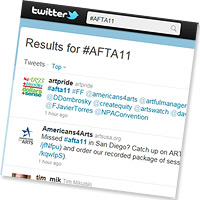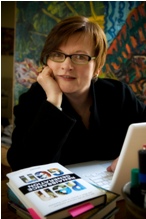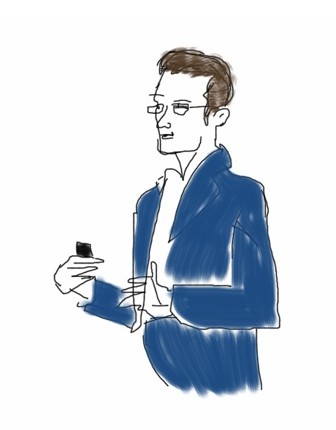
Deborah Obalil
Marketing is Dead...Long Live Marketing
Posted by Oct 03, 2011

Deborah Obalil
It's been interesting to read various marketing experts and pundits over the past year or so declare the death of marketing as we know it in various forums. And, of course, we've all heard the platitudes of social media experts regarding the “customer being in control” and “it's all about them, not you.”
It is true that the traditional interpretation of the Marketing Ps (product, price, place, promotion) may feel outdated in a world where people engage as often virtually as they do physically. And social media has definitely been a game changer in regards to customer relationships and communications strategy.
While I often find little to argue with in the details of these various exhortations, the conclusion that all of this means marketing is dead or vastly different at its core from what it was ten or more years ago confounds me.
I have always understood marketing to be “the process by which you come to understand the relationship between the product and the customer.” I don't think this definition has become false because of all the changes in the platforms we use to connect with our customers, or even because the needs of our customers may be vastly different from what they were a decade ago.
Read More













































